Carl Smith is the Franklyn Bliss Snyder Professor of English and American Studies and professor of history at Northwestern University. His books include three prizewinning volumes: Chicago and the American Literary Imagination, 18801920; Urban Disorder and the Shape of Belief: The Great Chicago Fire, the Haymarket Bomb, and the Model Town of Pullman; and The Plan of Chicago: Daniel Burnham and the Remaking of the American City .
The University of Chicago Press, Chicago 60637
The University of Chicago Press, Ltd., London
2013 by Carl Smith
All rights reserved. Published 2013.
Printed in the United States of America
22 21 20 19 18 17 16 15 14 13 1 2 3 4 5
ISBN-13: 978-0-226-02251-2 (cloth)
ISBN-13: 978-0-226-02265-9 (e-book)
Library of Congress Cataloging-in-Publication Data
Smith, Carl S., author.
City water, city life: water and the infrastructure of ideas in urbanizing Philadelphia, Boston, and Chicago / Carl Smith.
pages cm
Includes bibliographical references and index.
ISBN 978-0-226-02251-2 (cloth: alkaline paper)ISBN 978-0-226-02265-9 (e-book)
I. Municipal water supplyUnited StatesHistory19th century. 2. WaterworksUnited StatesHistory19th century. 3. UrbanizationUnited StatesHistory19th century. I. Title.
TD223.S64 2013
363.61097309034dc23
2012043193

This paper meets the requirements of ANSI/NISO Z39.48-1992 (Permanence of Paper).
ACKNOWLEDGMENTS
This book has taken its time, and it has evolved a great deal in the writing. Its origins date back to an essay on the San Francisco earthquake and fire of 1906, which encouraged me to study disaster in the rapidly urbanizing United States. As my thinking progressed, the focus shifted from disaster in particular to how city people desired to exert imaginative as well as physical control over the general daily disorder of urban experience. With this in mind, I planned to write a book about the literal and figurative dimensions of fire and water in nineteenth-century American city life. I soon realized that anxieties about incendiaries of all sorts in highly volatile Chicago deserved a volume of its own, and that water would have to wait. Several other projects and duties, not to mention the decision to deal with three cities instead of one, further delayed this book, but here it is at last.
I had a lot of help along the way. At the beginning, middle, and end of the process, I received essential major assistance in the form of a Lloyd Lewis/National Endowment for the Humanities Fellowship from the Newberry Library, an American Council of Learned Societies Fellowship, and the R. Stanton Avery Distinguished Fellowship from the Henry E. Huntington Library. For the opportunity to work in specific collections, I am grateful for the support provided by a Mellon Research Fellowship from the Center for the Study of New England History at the Massachusetts Historical Society and a Visiting Research Fellowship in Early American History and Culture from the Library Company of Philadelphia and the Historical Society of Pennsylvania. A Rockefeller Foundation Bellagio Study and Conference Center Fellowship enabled me to do a month of very intense writing in a splendid setting and amidst wonderful colleagues.
I have relied greatly on the skilled research assistance of a series of very capable Northwestern University students, notably Abigail Masory, Courtney Podraza, Kathryn Burns-Howard, Sherri Berger, Kathryn Schumaker, Lindsay Shadrick Dunbar, Nathan Enfield, Nora Gannon, and Sarah Collins. I owe thanks to Northwesterns Institute for Policy Research and the universitys Nicholas D. Chabraja Center for Historical Studies for a substantial portion of the funding to compensate these assistants, and to the Judd A. and Marjorie Weinberg College of Arts and Science at Northwestern for the balance.
Like all scholars, I would be at a major loss without the expertise of the staffs at the many libraries, archives, and collections at which I have done research, among them the Massachusetts Historical Society, the Boston Athenum, the Society for the Preservation of New England Antiquities, the Boston Public Library, the Library Company of Philadelphia, the Historical Society of Pennsylvania, the Philadelphia Water Company, the Philadelphia History Museum at the Atwater Kent, the Archives of Fairmount Park, the Fairmount Water Works Interpretive Center, the Pennsylvania Academy of the Fine Arts, the Philadelphia Museum of Art, the Franklin Institute, the Chicago Public Library, the Chicago History Museum, the Newberry Library, the Henry E. Huntington Library, and the libraries of Harvard University and especially those of the University of California at Berkeley and of Northwestern University. In this regard, I am very glad to have the opportunity to thank Peter Drummey, John Aubrey, Lesley Martin, Laura Stalker, David Mihaly, Daniel Lewis, Cornelia King, Phillip Lapsansky, Sarah Weatherwax, and Thomas McMahon. Special gratitude is due to Frederick E. Hoxie, now at the University of Illinois, who as Vice President for Research and Education at the Newberry Library during my fellowship year there was such a gracious and thoughtful host to scholars in residence; Robert C. Ritchie, W. M. Keck Foundation Director of Research Emeritus at the Huntington Library, who created such an exceptional working environment and intellectual community; and Russell Lewis, Executive Vice President and Chief Historian at the Chicago History Museum, who so consistently and generously made that institutions splendid resources available to me. My year at the Huntington would not have been as richly rewarding and enjoyable without the advice, assistance, and friendship of Susi Levin.
I have bent the ear and benefited from the wisdom and learning of dozens of scholars. I would particularly like to acknowledge Tridib Banerjee, Paul Boyer, Lawrence Buell, Alexander Butkus, Louis Cain, Robert Coen, Michael Ebner, Robin Einhorn, Philip Ethington, Joseph Ferrie, Leon Fink, Jane Mork Gibson, James Grossman, Paul Groth, Neil Harris, David Henkin, William Howarth, Richard Hutson, Kevin Leonard, Adam Levine, Margaretta Lovell, Betsy Mendelsohn, Kathryn Olesko, Samuel Otter, Dominic Pacyga, Theodore Porter, Michael Rawson, Janice Reiff, Robert Righter, Nicholas Rogers, Mary Ryan, Nancy Seasholes, Sherry Smith, John Stilgoe, Eric Sundquist, Joel Tarr, Mary Terrall, John Van Horne, David Van Zanten, Sam Bass Warner Jr., Elliott West, and Caroline Winterer. I cannot thank enough those who read an earlier version of the entire manuscript and offered both general and detailed suggestions that have made the book much stronger. These include Henry Binford, James N. Green, Ann Durkin Keating, Martin Melosi, Harold Platt, Jeremy Smith, and Wendy Woloson.
Robert Devens, my editor at the University of Chicago Press, has provided the kind of encouragement, support, and patience that mean so much to any author, while Russell Damian has offered essential and timely assistance in the preparation of the manuscript. Erin DeWitt has once again proved a peerless partner in editing it.
It has long been my inestimable great fortune to have had Jane Smiths unblinking editorial eye watching over my attempts to say something that is at once interesting, important, and clear. To whatever extent I have succeeded, it is in significant part attributable to her unparalleled combination of insight, intelligence, generosity, and good sense, as well as her deep devotion to the reader as well as the writer of these pages.


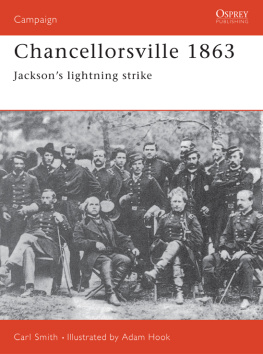
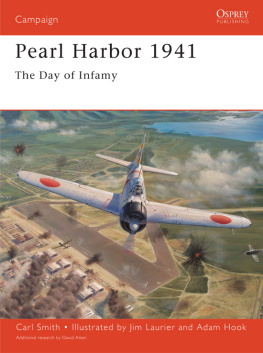
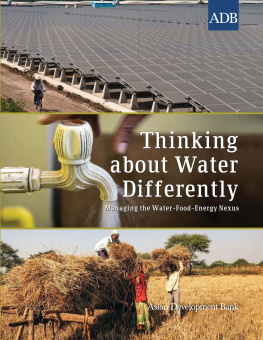
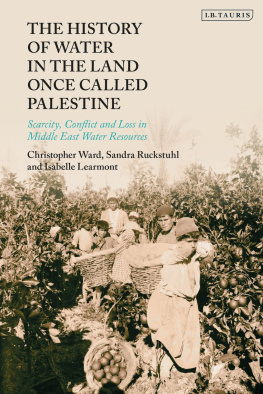
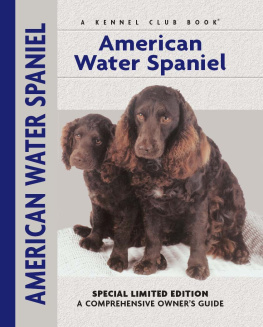
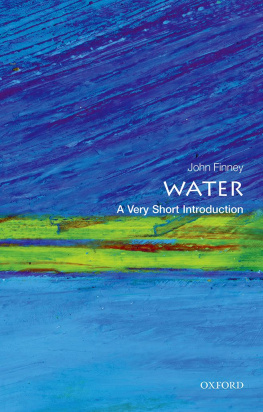
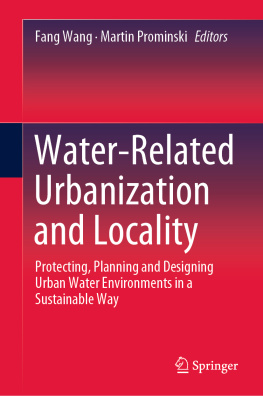
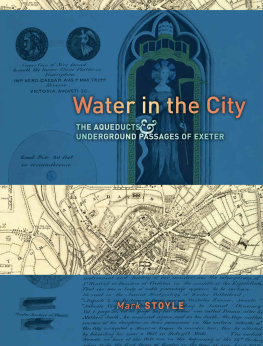
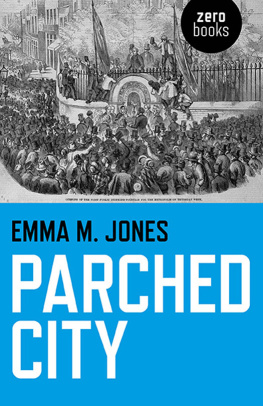
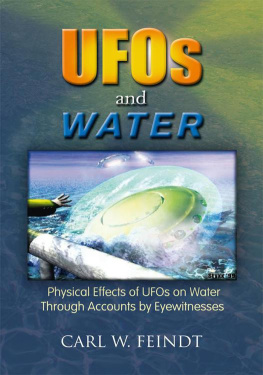
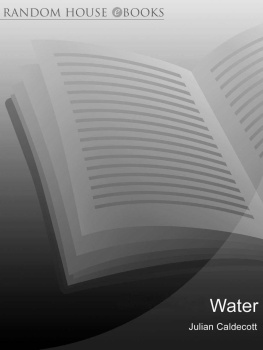
 This paper meets the requirements of ANSI/NISO Z39.48-1992 (Permanence of Paper).
This paper meets the requirements of ANSI/NISO Z39.48-1992 (Permanence of Paper).